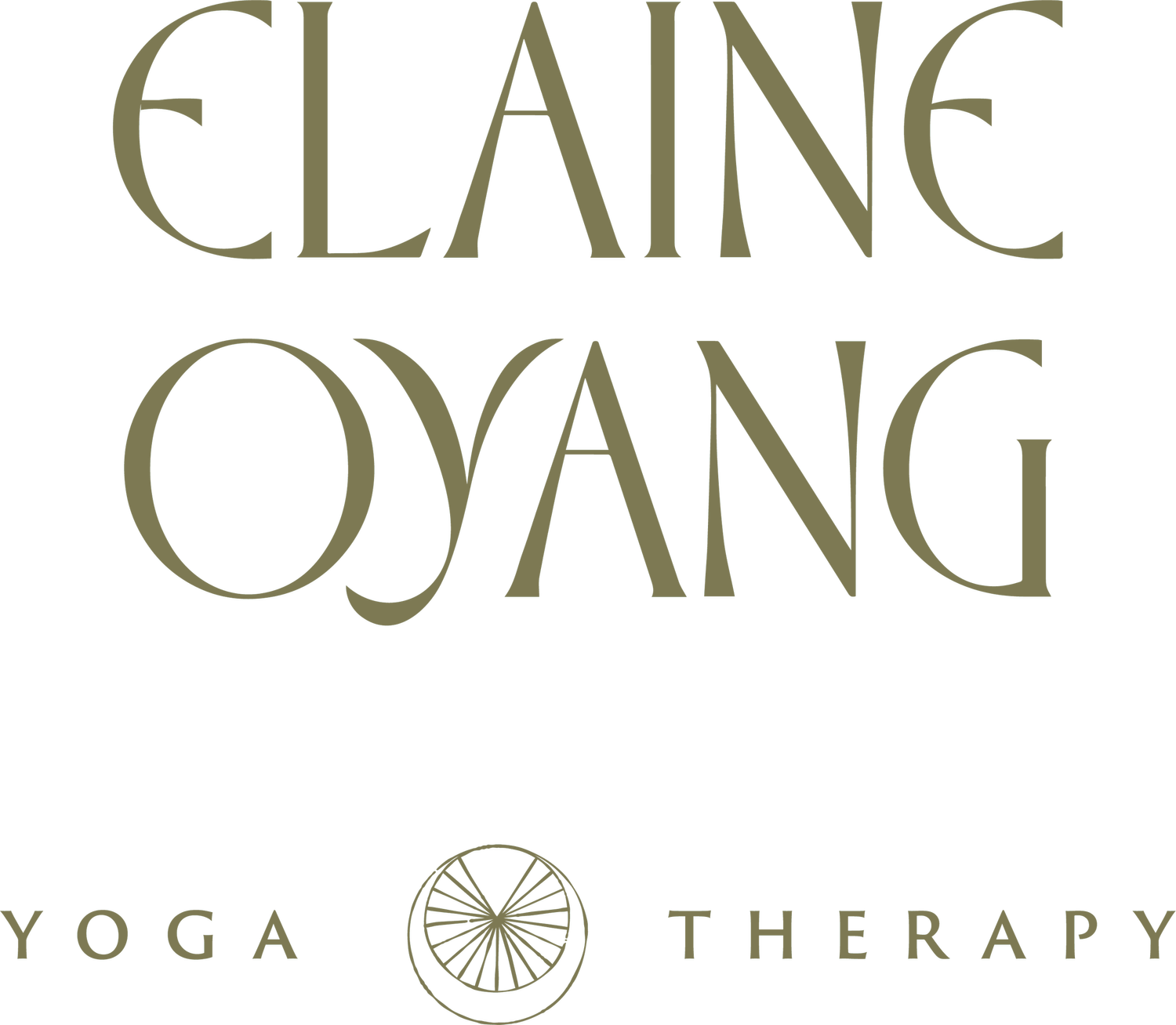Slow and gentle yoga for chronic pain
Perhaps you’ve heard many times over from your doctors, your mom, your friends, your colleagues, and even strangers that:
Hey! I think you should try yoga! I think it will really help with your pain. It is AMAAAZZZZINNNG! I always feel SO GOOD afterwards. I hear it’s good for stress too!
At which you probably rolled your eyes a little (or BIG TIME), because you’ve been there, done that, and it did more harm than good for you!
Well, I’m here to try to convince you one. More. time. Why you should give it another go.
Perhaps you took a class or a handful. Perhaps you didn’t like the teacher, the studio, or the class itself, so you swear off from yoga.
But that is silly, because that is like trying a brand of chocolate one time, and deciding that you don’t like chocolate and you’ll never eat chocolate again.
Usually, we will try different brands of the same thing to find something we really like.
That’s the same as yoga for chronic pain. You will need to find the right teacher, the right environment, and the right style of yoga.
But with so many different options out there, how do you choose?
I am glad you asked, my friend, because I’m going to put it in a little bit more details for you below.
Finding the right teachers and class types
“Mainstream” yoga, as I like to call the most popular types of yoga classes and styles (Vinyasa, Flow, Power Yoga, Hot Yoga) you find online or at your local studios, is usually not geared to accommodate people with specific mobility issues, disabilities, and challenges. Understandably, many yoga teachers today are not trained to work with individuals who have chronic pain or illness.
When you are looking for teachers, check out their sample videos or classes on their social media platforms. Many teachers today post snort clips of their teachings on Instagram, Facebook, and/or YouTube. Does that teacher instruct in a pace that is manageable? Does s/he offer options for the poses so that those with certain mobility issues can also achieve them? Is s/he teaching practices that feel accessible and practical, instead of challenging poses that require superhuman strength and flexibility?
You can also search for yoga therapists online or in your area. Yoga therapists are trained at a higher level to work with specific populations with work ranging from trauma and PTSD, chronic pain and post-surgery, to cancer survivors. Yoga therapists tend to have more knowledge in working with specific medical conditions and are more able to provide accessible and therapeutic practices for healing.
What is restorative yoga and how does it help with pain management?
Restorative Yoga is a gentle, slower-paced yoga practice that includes the use of props such as yoga bolsters, blocks, blankets, chairs, and pillows to support the body to assist the release of tension (physical and emotional).
Each pose is usually held for 2-5 minutes to give the body a chance to rest.
I sometimes refer Restorative Yoga to “slow cooker yoga.” You set everything up, and you let it sit and do its magic.
In Restorative Yoga, you support your body in specific angles to release tension (e.g., upper back, shoulders, lower back). Once you are in the position, you let yourself rest and do nothing. You simply let yourself marinate in the magic of the pose.
Does not require heavy lifting, weight-bearing, or strenuous movements. Restorative Yoga focuses on gentle and supportive movements and postures that can aid in relaxation of muscles while increasing mobility with no strain.
Reduces the reactivity of the nervous system by engaging in slower-paced, relaxing postures that give the body and mind a sense of security, stability, and safety. This helps reduce pain and inflammation.
Harmonizes immune functions. When the body is constantly fighting against itself in a fight-flight-or freeze mode, resources can become quickly depleted and the immune system is hit negatively as a result. Restorative Yoga helps dial the nervous system to the rest-and-digest mode, promotes relaxation of the body and mind, and helps replenish resources that have been drained.
Try this different brand of chocolate
So, go ahead, my friend. I encourage you to try chocolate one more time. This chocolate (the practice linked above) is smoother, softer, more velvety, and kinder to your taste buds.
Take your pain care journey one step further
Did you enjoy this fresh content? Subscribe to my email to receive weekly education and experiential practices for pain care. You will also receive a FREE Pain Care Yoga Starter Kit when you sign up!
If you have any further questions, I am just one email away at [email protected]. Follow me on Instagram for more daily suggestions on pain management.

